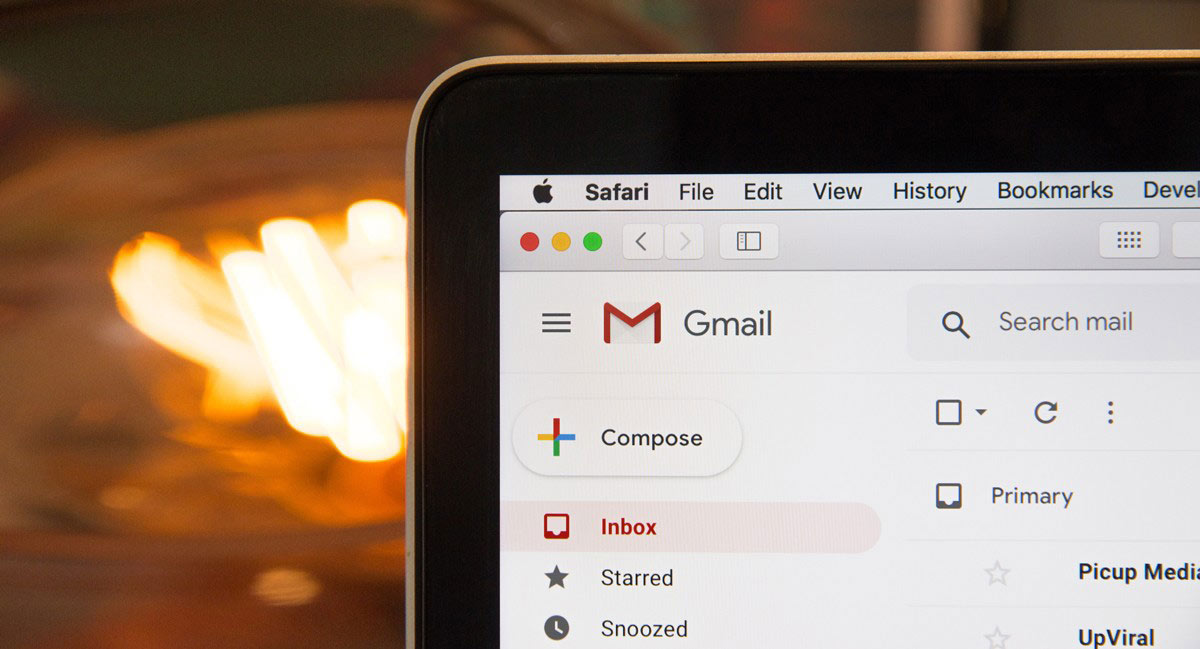What is a Phishing Scam?
A phishing scam is when a hacker sends a message that looks like it’s from an official source, such as a bank or government agency. The message often urges you to enter personal information, which the hacker then uses to steal your identity or money.
How Can You Avoid Phishing Scams?
To avoid phishing scams, be suspicious of unexpected emails that ask for personal or account information. Look out for:
- Urgent or alarming subject lines.
- Requests to click on links or open attachments.
- Email addresses that don’t match the organization’s official domain.
Instead of clicking links, visit the official website directly or call the customer service number to verify the email’s authenticity.
How Can You Minimize the Effects of a Phishing Scam?
If you accidentally fall for a phishing scam, take immediate action:
- Change Your Passwords: Update your passwords for all vital accounts, making sure each one is unique and complex.
- Check Account Settings: Review your accounts for any unauthorized changes or transactions.
- Contact Financial Institutions: Inform your bank and other financial institutions of the breach to secure your accounts.
Example Scenario: Mike’s Sugar Shack
Mike runs a successful pastry business, Mike’s Sugar Shack. One day, he receives an official-looking email with the subject: “ALERT: Your account has been hacked.” It includes a link to a site where he can supposedly check his account status.
Mike’s first instinct is to click the link, but he knows this could be a scam. Here’s what Mike should do instead:
- Pause and Evaluate: Rushing to act can be as harmful as doing nothing. It’s crucial to take a moment to think.
- Check for Red Flags: The email’s urgent tone and suspicious link are classic phishing signs.
- Verify the Source: Instead of clicking the link, Mike should go directly to the company’s website or call their official customer service number.
More Tips to Avoid Phishing Scams
- Inspect the Sender: Ensure the email address matches the official domain of the company.
- Avoid Clicking Links: Major banks and agencies usually don’t ask for account info via email links.
- Research: Look online to see if others have reported similar emails as scams.
- Contact Companies Directly: Use contact information from official statements or websites, not from the suspicious email.
Mitigating a Phishing Attack
If Mike did click the link and entered his information, here’s what he should do:
- Change Passwords Immediately: Update passwords for all important accounts to something unique and complex.
- Check for Unauthorized Activity: Review account settings and recent transactions for signs of tampering.
- Notify Financial Institutions: Alert the bank and other relevant companies to secure his accounts.
Key Strategies to Combat Phishing
- Use Strong Passwords: Each account should have a unique, long, and complex password.
- Know Contact Info: Be familiar with how to get valid contact information for your financial institutions.
- Track Financial Relationships: Keep a list of financial companies you do business with.
- Verify Attachments: Always confirm why someone is sending you an attachment.
- Access Account Settings: Know how to access and secure your account settings on third-party sites.
By being cautious and informed, you can protect yourself from falling victim to phishing scams and keep your online information secure.





